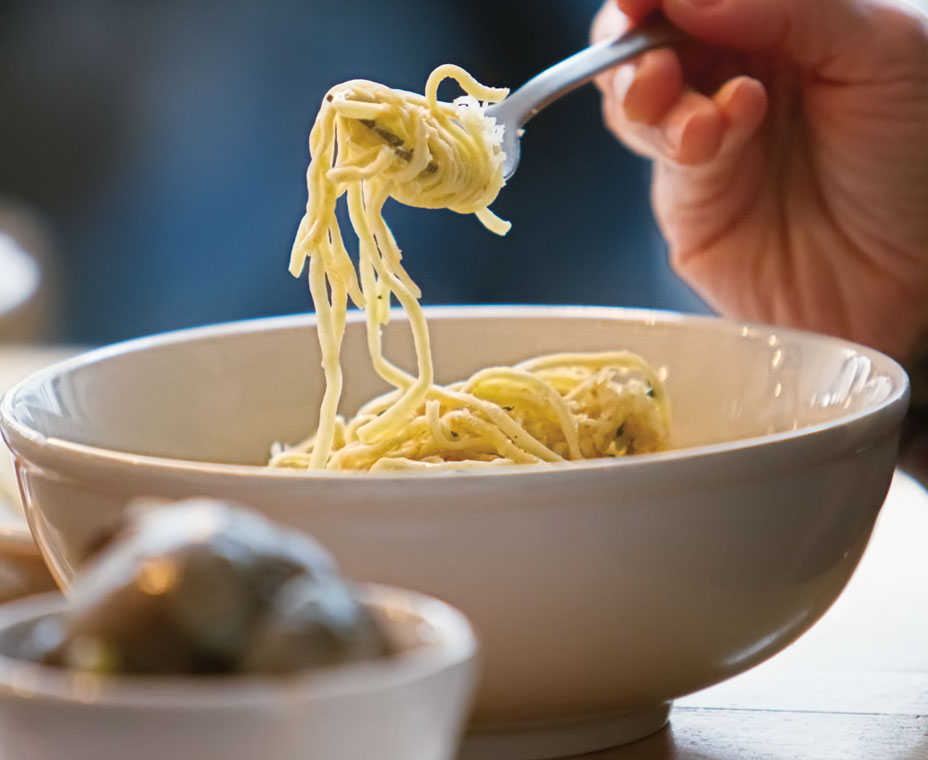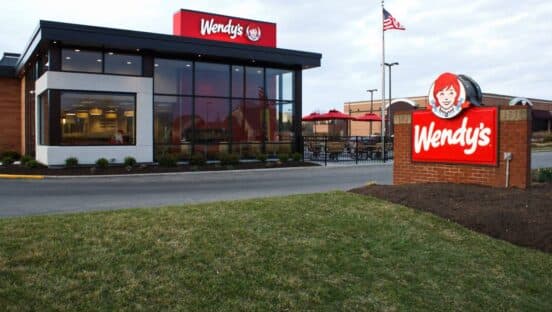Even as pasta, with all of those carbs, is getting a bad rap from the food police, it’s not stopping savvy pasta operators from figuring out how to draw millennials to the table: by serving freshly made, reasonably priced pasta right from the counter.
That, at least, seems to be a winning formula for fast-casual pasta restaurants in cities across the U.S. Never mind that, due to health concerns, sales and consumption of pasta in the U.S. have been flat or declining for more than five years. Or that some 41 percent of U.S. consumers perceive rice and grains to be healthier than pasta, according to a recent survey from Mintel.
Fast-casual pasta restaurant owners have discovered that the effective way to attract millennials is by making the pasta from scratch right in front of customers’ eyes, using as many locally sourced ingredients as possible, and charging a modest price by selling it from the counter.
Pasta is taking a page from other traditionally casual dishes, says Marko Sotto, principal at Barzotto American Pasta Bar in San Francisco. “Fast casual is evolving into fine fast casual,” he says.
Millennials want higher-quality pasta than their parents served them when they were growing up, he adds. That’s in part because, in an internet age, millennials “are more educated about what good food is,” he says. Barzotto makes all of its pasta from scratch all day long and purchases as many products as it can from local farms.
What’s more, millennials want their pasta to be Instagram-worthy. How the pasta is presented is crucial, Sotto says. “All of this is challenging,” says Michelle Minori, Sotto’s business partner and Barzotto’s chef. “But it’s a good challenge that we’re trying to re-create again and again.”
The bar is set similarly high for decor; customers expect it to resemble full service, even though they don’t want to pay full-service prices, Sotto says. That’s doable at Barzotto, he adds, but only because he can cut back some conventional costs of a full-service restaurant. Barzotto has no hostess, no bartender, no table service, no busboys, and no reservations required.
Making fresh pasta from scratch is serious work, Minori says. The team starts around 7 a.m., with a goal of selling about 200 plates of pasta every day. This requires cross-training the staff so that all the cooks know how to make it.
Halfway across the country from Barzotto, another fast-casual pasta specialist is attempting a similar scenario that directly appeals to millennials in downtown St. Louis.
“Millennials want authenticity,” says Gerard Craft, chef and owner of Porano Pasta. For years, the quick-service industry was plagued with a reputation for a lack of transparency, he adds. Today, though, a whole new breed of fast casuals like Porano Pasta is going in the opposite direction.
Making the pasta from scratch is key. “We just keep cooking batches of noodles throughout the day,” Craft says. “If we end up throwing some away, well, that’s OK.”
At Porano Pasta, customers order from a counter where they pick their pastas, sauces, and toppings. Some older consumers seem to be flustered by so many choices, so the restaurant also has some pre-created combos on the menu “to give some people a head start,” Craft says.
While Craft had some initial concerns about opening a pasta joint in a carb-fearing world, he’s been surprised to see that nearly 70 percent of his restaurant’s orders are for pasta dishes.“I guess people will always want pasta,” he says.
Rick Gencarelli says he was “terrified” to open Grassa, his hand-crafted pasta fast casual in Portland, Oregon, four years ago, at the height of the gluten-free craze. While pasta lovers remain “a very vocal minority,” he says, he recently began offering gluten-free pasta, too, just to make certain that all the bases are covered.
The main attraction at Grassa is the “show” that’s part of the eating experience. All the pasta is freshly made from scratch right in front of guests via a pasta extruder that’s located in the middle of the dining room. It takes one employee three hours just to make enough ravioli dough to cover lunch and dinner, Gencarelli says, but customers love watching the process.
“The ability to see us making it changes the whole experience,” says Gencarelli, who is the chef and owner. “It gives everyone something to photograph and post on their Instagram.”
Gencarelli, who also owns local sandwich shop Lardo, says it’s much easier to hire and train sandwich employees than it is to train workers at a fresh pasta restaurant.
To keep the food quality high, he still goes to local farmers’ markets every Wednesday and Saturday for fresh vegetables. After all, the key to success in a fast-casual pasta concept, he says, is to consistently “blow people away with the food.”
At the same time, at its heart, his restaurant is really about long lines, loud music, and no frills. The floors are concrete. The dining room is communal. The music never stops blaring.
“It’s something like an auto body shop,” Gencarelli says. “Think of it as hanging out in your dad’s garage listening to records.”









